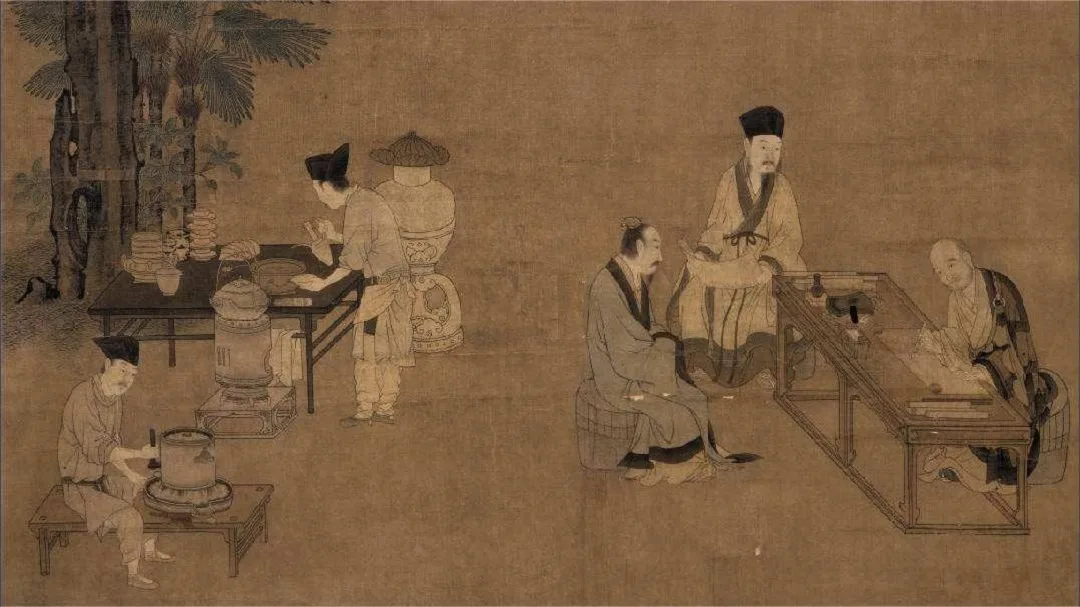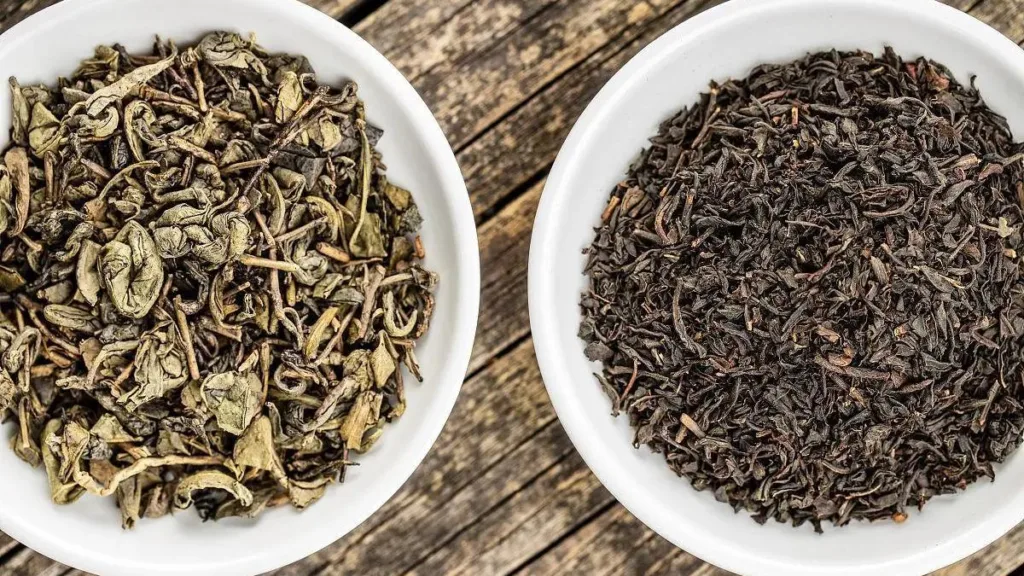The history of Chinese tea is a captivating journey through time, marked by legends, innovations, and the cultural significance of this beloved beverage. From its mythical origins with Emperor Shen Nong to the sophisticated tea ceremonies of the Tang and the groundbreaking innovations of the Song Dynasty, Chinese tea culture has evolved and enriched the lives of people both within China and around the world.
Legends and Myths: There are numerous versions of the story of tea’s origin in China, with one of the most famous being the tale of Emperor Shen Nong. According to legend, in 2737 BC, Emperor Shen Nong was boiling water when a leaf from a tree fell into his pot, creating a delightful aroma. Upon tasting the resulting infusion, he felt rejuvenated and discovered the wonder of tea.
Wild Tea Trees: In fact, wild tea trees can still be found in the southern and southwestern regions of China, considered to be the ancestors of cultivated tea varieties. These wild tea trees have been growing naturally for centuries and are a testament to the tea’s ancient roots in the region.
Ancient Human Utilization: As early as 3000 BC, the Chinese began the process of domesticating wild tea trees, cultivating them, and using their leaves to create beverages. This marked the beginning of the long and rich history of tea in Chinese culture.
Ancient Consumption of Tea: In ancient China, tea was initially regarded as a medicinal plant and was widely used in traditional medicine and for its health benefits. The preparation of tea was simple, often involving boiling tea leaves in water and consuming the resulting brew directly.
The Rise of the Tea Ceremony: Over time, people began to focus more on the ritual and artistry of tea consumption. During the Tang Dynasty (618-907 AD), the tea ceremony emerged as a form of cultural expression. People sought inner tranquility and spiritual solace through the act of tea-drinking, elevating it to a cultural and artistic experience.
Innovations in the Song Dynasty: The Song Dynasty (960-1279 AD) was a pivotal period in the development of Chinese tea culture. During this era, significant innovations in tea preparation techniques, such as the powdered tea method, tea pots, and tea grinders, were introduced. Moreover, the Song Dynasty saw the rise of many renowned scholars and poets who were passionate about tea and created an abundance of poetry and literature celebrating the art of tea-drinking and tea culture.
The Ming and Qing Dynasties: The Ming (1368-1644) and Qing (1644-1912) Dynasties are regarded as some of the most brilliant and influential periods in Chinese history. During this time, as trade and cultural exchanges with other countries flourished, tea began to spread to various parts of the world and became an essential commodity in China’s foreign diplomacy. It was during these dynasties that Chinese tea culture reached new heights and gained recognition on a global scale.



